THE LATEST FROM VALTASNews, updates, and stories to keep you in the know.
|
 When you hear the phrase “community outreach” what comes to mind? Most people immediately think of nonprofit organizations hosting community events, which isn’t necessarily wrong. However, on its own it’s an incomplete view of what community outreach means for nonprofits. Hosting events can be an important component of what outreach in our communities looks like, but it is, by no means, all that should be included. Often, this overly simplistic view of what is included in community outreach comes from a misunderstanding of what community outreach should accomplish. The goal of community outreach shouldn’t just be to recruit volunteers and increase funding to support the organization’s mission. Outreach should also be the organization’s mission.
0 Comments
 In a recent article we published our team members offered their perspective on the most important topics facing nonprofit leadership these days. Liz Swanson, a nonprofit professional with over 30 years of experience leading mission-driven organizations, offered a key insight: The biggest issue I hear from Executive Directors is the rising cost of doing business… [they] are struggling to find balance between doing right by their staff (and compliance of the law) and doing right by the organization financial sustainability, especially in a time of declining donors. We want to highlight this challenge specifically because it’s one that all organizations are currently facing and will continue to face in the coming years. Our hope is that by highlighting the underlying causes of today’s rise in nonprofit costs and identifying some strategies to combat these challenges, we can equip nonprofit organizations to operate sustainably into the future.
 As nonprofit consultants, we often talk internally about the challenges our clients are facing. We will share with each other regarding cause-specific issues, new challenges, and emerging opportunities. Since our team is comprised of experienced nonprofit leaders that work mainly in interim Executive Director roles, we have a unique vantage point that offers us valuable insights into where the nonprofit landscape is headed. We’d like to share that perspective with you to give you a glimpse into what is most important in the world of nonprofit management right now! We recently asked our team the question, “What do you think are the most important issues facing nonprofit leadership this year?” These are some of their responses: 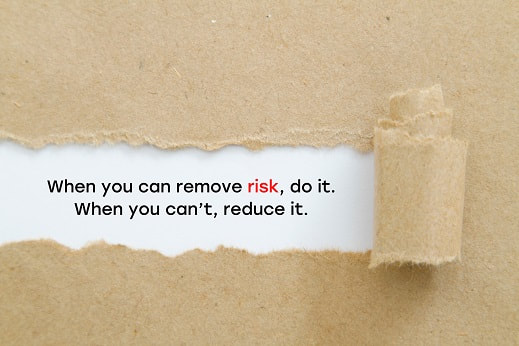 Originally posted: 5/22/23 Updated: 6/5/24 Risk management isn’t just for lawyers anymore because it’s not a matter of if adversity will strike, but when. Today’s nonprofits need leadership teams that understand nonprofit risk management best practices to ensure the organization can function effectively even when adversity arises. Nonprofit organizations face a multitude of internal and external risks that can affect their ability to achieve their mission. By adopting proactive risk management best practices, nonprofits can improve their organizational resilience to better sustain their impact in the face of an increasingly complex economic and operational landscape.  Imagine the following scenarios:
In the nonprofit space, like all spaces, things go wrong. This can happen regardless of your level of preparation, financial capacity, and good intentions. Organizational leaders at the board and staff level need to know what has gone wrong and why so that they can make informed course corrections. Usually, the sooner they know, the better. But often, bad news doesn’t reach key decision makers in a timely way and sometimes it doesn't reach them at all!  What are the top reasons for attending a nonprofit conference? What should you expect to get out of it and what should you be ready to put in? How can a nonprofit conference aid in your professional development and equip you to lead better? These are all questions nonprofit conference attendees and hosts should ask before the event. In the nonprofit world, these questions become even more crucial to consider because organizations are charged with stewarding their resources in a way that furthers their mission, and there are never enough resources to do everything worthwhile. So, sending attendees or hosting a conference often involves a tradeoff. And yet, organizations correctly recognize that conferences are a wonderful opportunity to educate and inspire staff to help them do their best work.  With the rapid changes that we’ve seen over the last decade across technology, culture, and industry, organizations that fail to adopt an innovation mindset will run the risk of stagnating in their mission delivery and becoming obsolete in their communities. What does this mean for your organization? To put it plainly, the time to innovate is now! But wait, innovation may not mean what you think it does! While many conversations around innovation typically focus on expanding technological capabilities, the kind of innovation mindset that truly powers today’s top organizations is not solely tech-based. True innovation is about fostering a culture of creativity, collaboration, and continuous improvement that remains focused on your mission and its impact on the communities you serve. Embracing this kind of innovation is what will set tomorrow’s nonprofits apart!  As a society we’ve weathered the storm of the pandemic and its subsequent prolonged fallout and now are firmly in what is being considered the “post-COVID” era. So, what does this mean for nonprofit organizations operating in today’s day and age? At each juncture our consultants have given their advice on how nonprofits should respond during these unprecedented times. We gave early advice on how to act quickly, mid-point advice on how to rethink strategic planning, and now it feels right to give a final summary of what the nonprofit world looks like to close out the discussion and equip organizations to understand how to navigate the road ahead. |
THE LATEST FROM VALTAS
You are welcome to subscribe to get the latest news, updates and insights from our team. Subscribe:Ask Valtas!Categories
All
Archives
July 2024
|

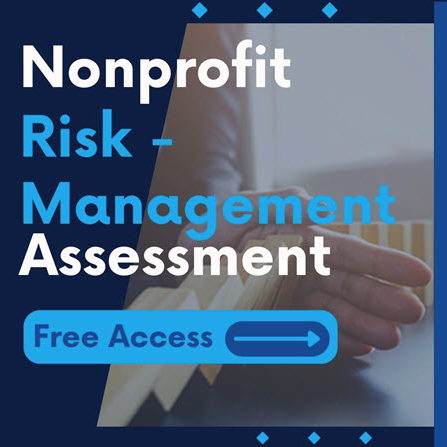
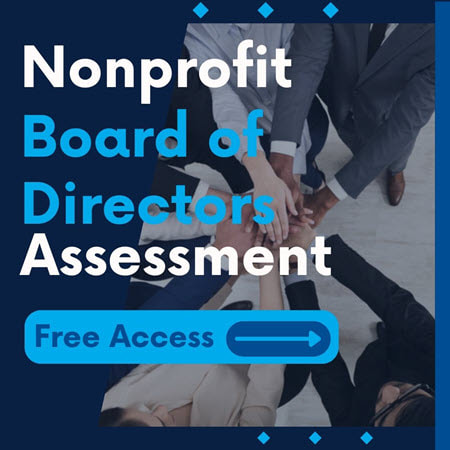
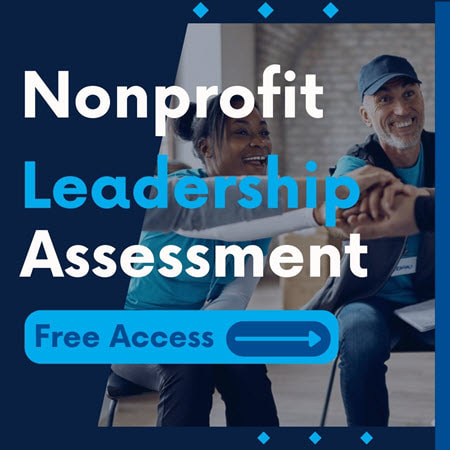
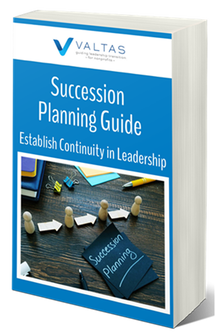
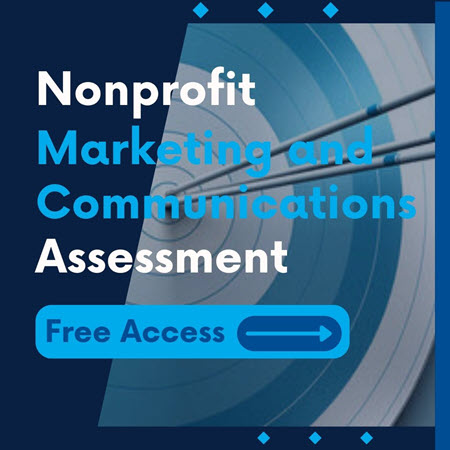
 RSS Feed
RSS Feed
